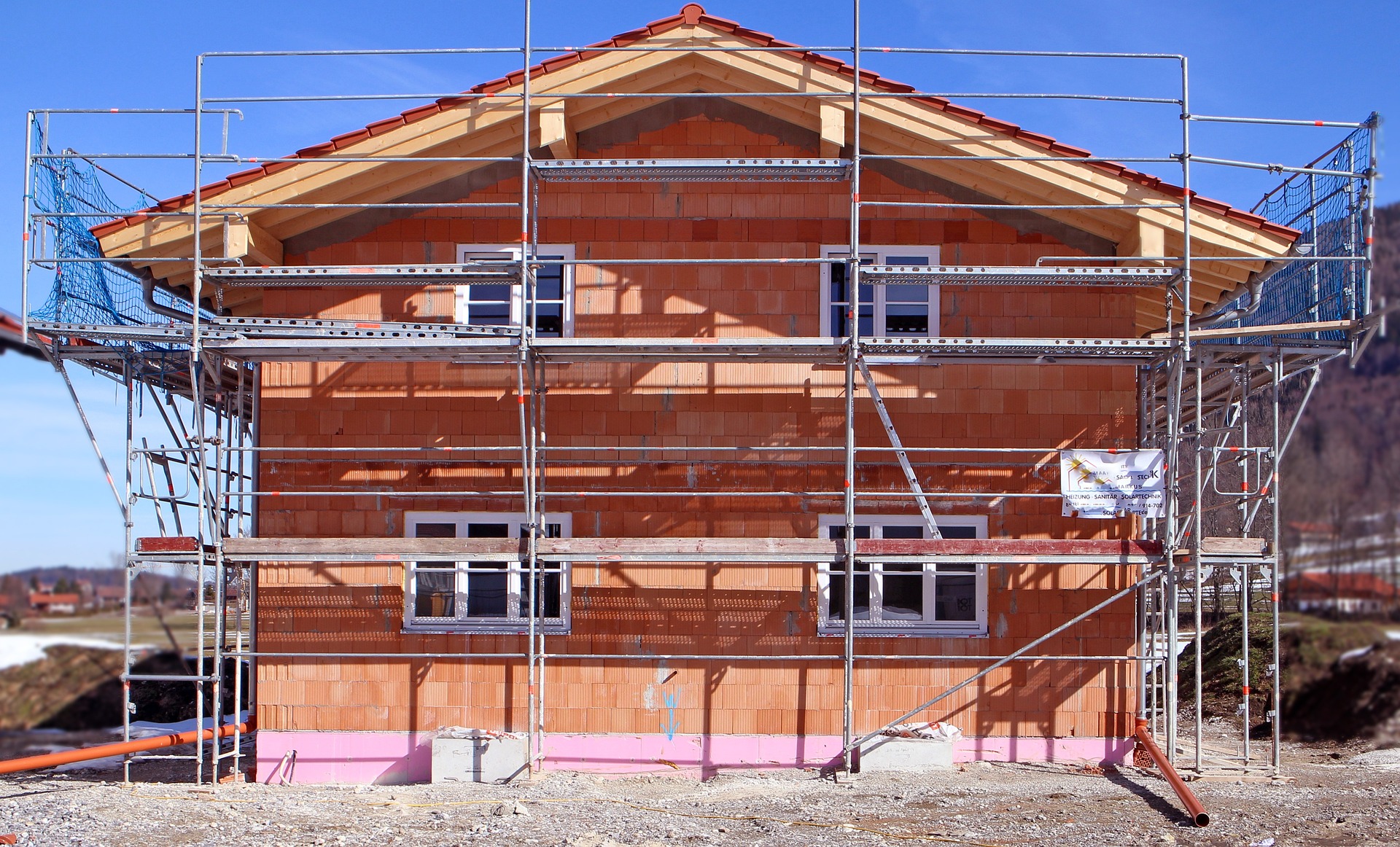The Benefits and Considerations of Metal Roofs for Your Home
Metal roofs have become increasingly popular in recent years, offering homeowners a durable and attractive alternative to traditional roofing materials. This article explores the advantages and potential drawbacks of metal roofs, helping you decide if this roofing option is right for your house or building.

Another key benefit is their resistance to extreme weather conditions. Metal roofs can withstand high winds, heavy rain, and snow loads better than many other roofing materials. They are also fire-resistant, which can be a crucial safety feature in areas prone to wildfires. Additionally, metal roofs are energy-efficient, reflecting solar radiant heat and potentially reducing cooling costs in warmer climates.
How do metal roofs impact home energy efficiency?
Metal roofs can significantly contribute to a home’s energy efficiency. The reflective properties of metal roofing materials help to reduce heat absorption, keeping your house cooler during hot summer months. This can lead to reduced energy consumption for air conditioning, potentially lowering your utility bills.
In colder climates, metal roofs can be installed with special insulating systems that help retain heat inside the home. This dual benefit of cooling in summer and insulating in winter makes metal roofs an attractive option for homeowners looking to improve their home’s overall energy performance.
What are the different types of metal roofing materials?
There are several types of metal roofing materials available, each with its own set of characteristics and benefits. The most common options include:
-
Steel: This is the most widely used metal roofing material due to its strength and cost-effectiveness. Steel roofs are typically coated with zinc or a mixture of zinc and aluminum to prevent rust.
-
Aluminum: Lightweight and naturally resistant to corrosion, aluminum is an excellent choice for coastal areas exposed to salt air.
-
Copper: Known for its distinctive appearance and longevity, copper roofs can last for centuries. However, they are also the most expensive option.
-
Zinc: Similar to copper in longevity, zinc roofs develop a protective patina over time and are highly resistant to corrosion.
The choice of material often depends on factors such as climate, budget, and aesthetic preferences.
Are there any drawbacks to installing a metal roof?
While metal roofs offer numerous benefits, there are some potential drawbacks to consider. The initial cost of a metal roof is typically higher than that of traditional asphalt shingles. However, the long-term durability and lower maintenance requirements of metal roofs can offset this higher upfront cost over time.
Another consideration is noise. Some homeowners worry that metal roofs may be noisy during rain or hailstorms. However, proper installation techniques and underlayment materials can significantly reduce noise transmission, making metal roofs comparable to other roofing materials in terms of sound insulation.
Lastly, while metal roofs are highly durable, they can be dented by large hailstones or falling branches. However, many metal roofing products come with warranties that cover such damage.
How does the cost of a metal roof compare to other roofing options?
The cost of a metal roof can vary significantly depending on the type of metal, the complexity of the roof design, and local labor costs. However, it’s generally more expensive than traditional asphalt shingles but less costly than premium materials like slate or tile.
Here’s a comparison of average costs for different roofing materials:
| Roofing Material | Average Cost per Square Foot | Lifespan |
|---|---|---|
| Asphalt Shingles | $1 - $4 | 15-30 years |
| Metal | $5 - $12 | 40-70 years |
| Slate | $10 - $30 | 75-200 years |
| Tile | $8 - $25 | 50-100 years |
Prices, rates, or cost estimates mentioned in this article are based on the latest available information but may change over time. Independent research is advised before making financial decisions.
While the upfront cost of a metal roof is higher, its longer lifespan and lower maintenance requirements can make it a cost-effective choice in the long run. Additionally, metal roofs can increase your home’s resale value and may lead to lower insurance premiums in some areas due to their durability and fire resistance.
Metal roofs offer a compelling combination of durability, energy efficiency, and aesthetic appeal. While they require a higher initial investment, their longevity and performance benefits can make them a wise choice for many homeowners. As with any major home improvement decision, it’s essential to consider your specific needs, budget, and local climate when deciding if a metal roof is the right choice for your house or building.






